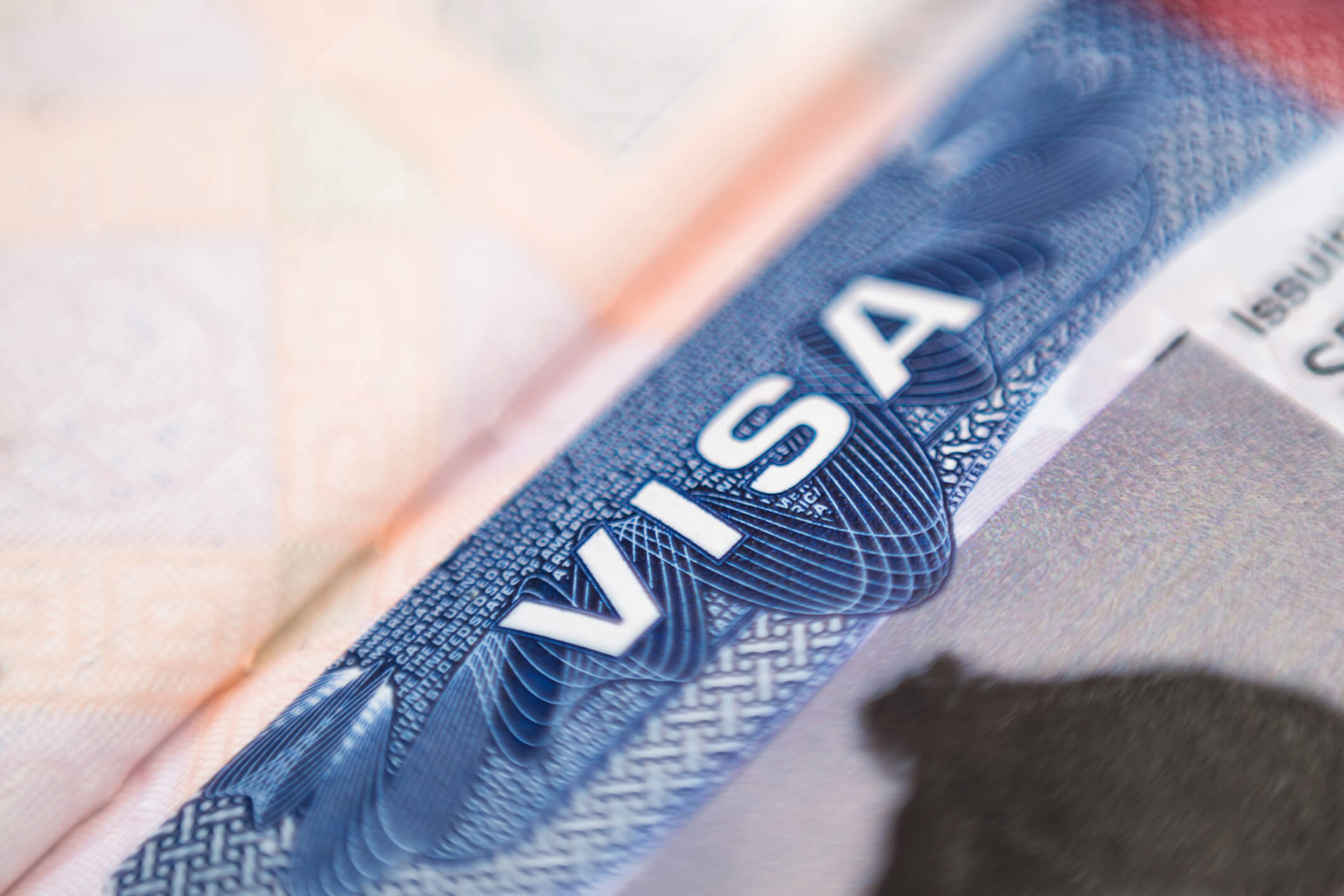For the first time since 2006, the H-1B cap was not reached during the initial filing period. Each year on April 1, United States Citizenship and Immigration Services (USCIS) begins accepting “new” H-1B petitions (for the government fiscal year beginning October 1) to be counted against the annual H-1B quota. At this time, thousands of H-1B visas remain available under the Fiscal Year 2010 (FY 2010) quota. Persons currently employed as F-1 students or J-1 trainees and persons outside of the United States commonly require new, cap-subject H-1Bs.
As noted in Ogletree Deakins’ April 9, 2009 E-Alert, USCIS received approximately 42,000 H-1B petitions counting toward the 65,000 FY 2010 cap and announced that it received nearly all cases it will accept under the 20,000 FY 2010 Master’s cap. On April 20, an update from USCIS indicated that 44,000 petitions have now been received, or an additional 2,000 petitions over the past 11 days. Thus, employers still have the opportunity to file cap-subject H-1Bs until USCIS announces it has received the necessary number of petitions to meet the respective caps. Although there are approximately 20,000 slots still available under the 65,000 FY 2010 cap, employers must still proceed rapidly to file H-1B petitions once a candidate for sponsorship has been identified as everyone is competing to meet a random, unidentified deadline. Assuming the cap is not reached before F-1 students graduate in May, it is possible that there will be a run on the remaining H-1Bs.
As a reminder to employers, F-1 students in their Optional Practical Training (OPT) period have two ways to extend their employment authorization while awaiting processing of an H-1B petition. First, F-1 students who are beneficiaries of a pending H-1B petition can receive an automatic extension of their period of stay and employment authorization during the “cap-gap” period, which is the time between the expiration of the OPT period and the effective date of the H-1B petition approval on October 1. In addition, F-1 students with a degree in science, technology, engineering, or mathematics (STEM fields) who are employed by businesses enrolled in the E-Verify program can receive an extension of the OPT period from 12 to 29 months. Last month, Immigration and Customs Enforcement (ICE) released a fact sheet summarizing the “cap-gap” provisions. For a review of the STEM extension, the “cap-gap” and F-1 student travel issues, visit USCIS’ website.
Note: This article was published in the April 2009 issue of the Immigration eAuthority.



